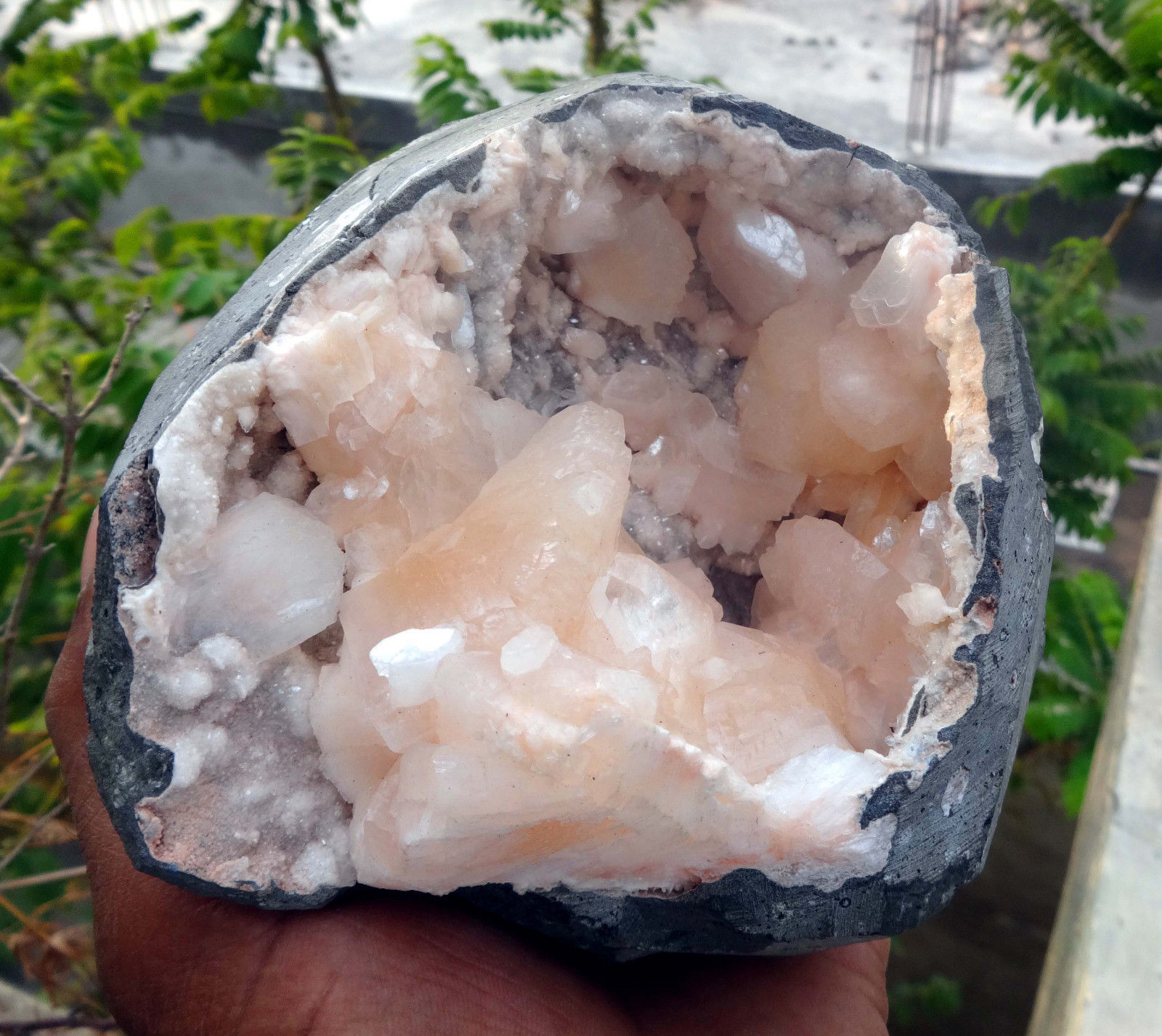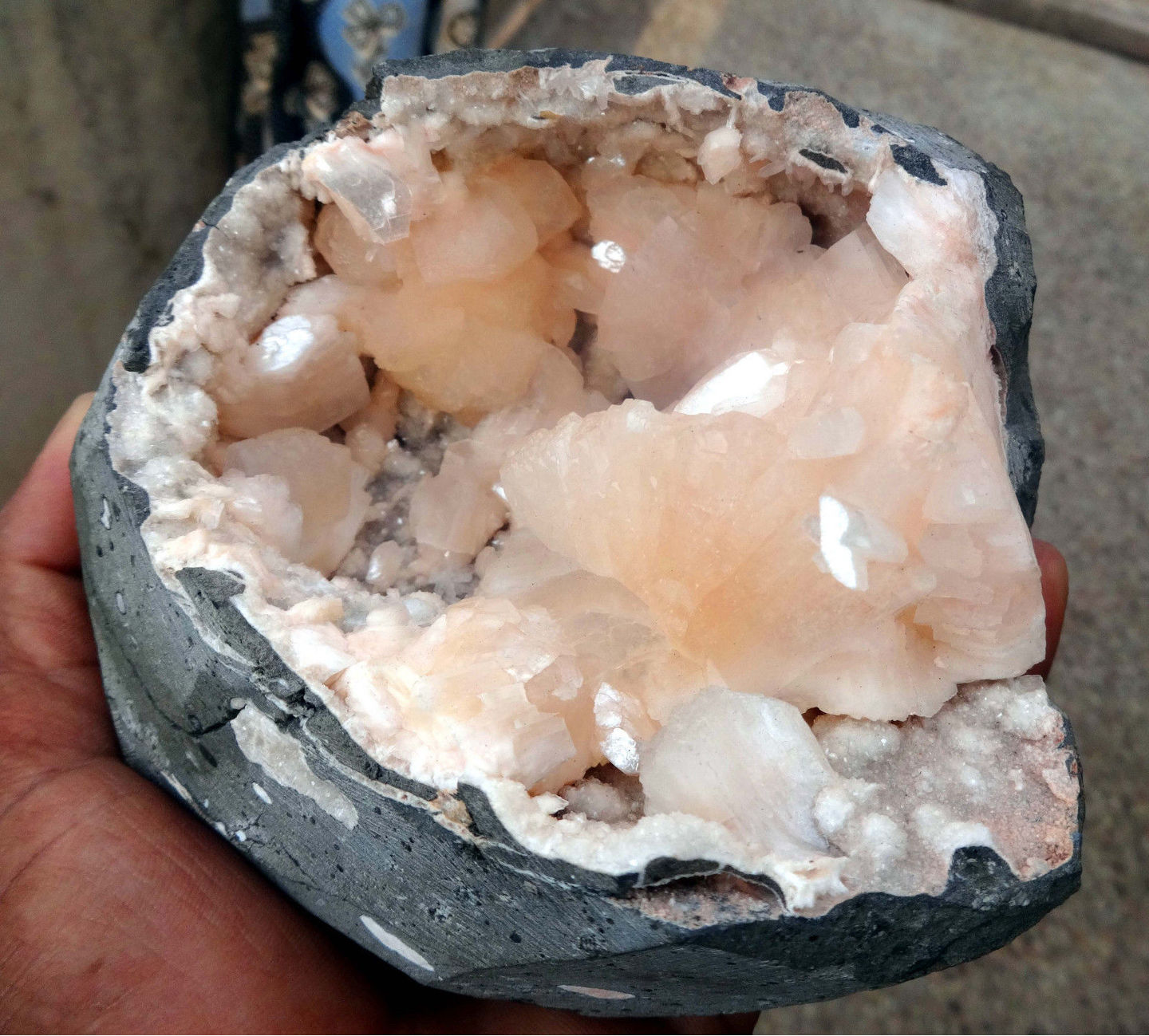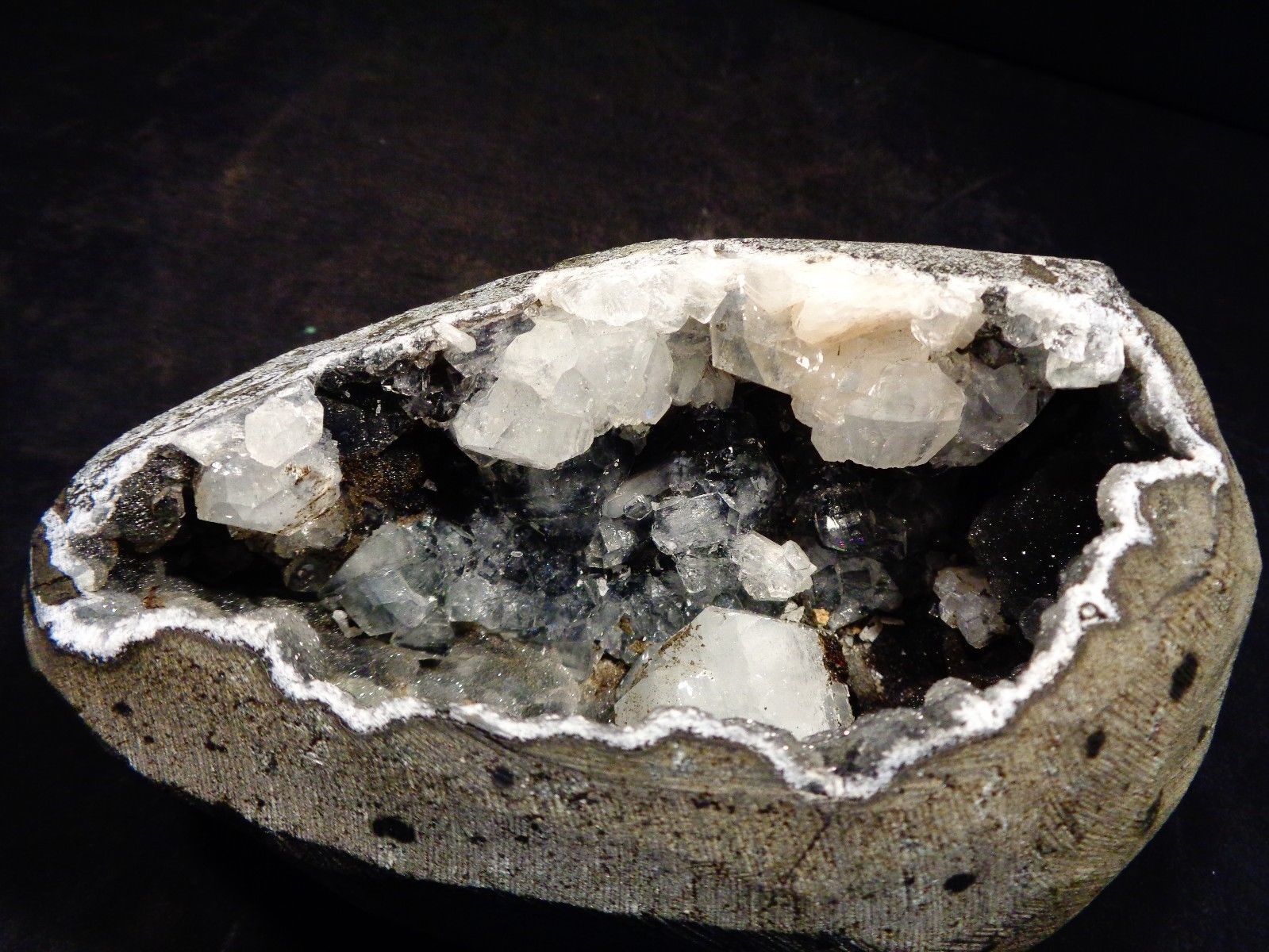Home PageAbout MindatThe Mindat ManualHistory of MindatCopyright StatusWho We AreContact UsAdvertise on Mindat
Donate to MindatCorporate SponsorshipSponsor a PageSponsored PagesMindat AdvertisersAdvertise on Mindat
Learning CenterWhat is a mineral?The most common minerals on earthInformation for EducatorsMindat ArticlesThe ElementsThe Rock H. Currier Digital LibraryGeologic Time
Minerals by PropertiesMinerals by ChemistryAdvanced Locality SearchRandom MineralRandom LocalitySearch by minIDLocalities Near MeSearch ArticlesSearch GlossaryMore Search Options
The Mindat ManualAdd a New PhotoRate PhotosLocality Edit ReportCoordinate Completion ReportAdd Glossary Item
Mining CompaniesStatisticsUsersMineral MuseumsClubs & OrganizationsMineral Shows & EventsThe Mindat DirectoryDevice SettingsThe Mineral Quiz
Photo SearchPhoto GalleriesSearch by ColorNew Photos TodayNew Photos YesterdayMembers' Photo GalleriesPast Photo of the Day GalleryPhotography
╳Discussions
💬 Home🔎 Search📅 LatestGroups
EducationOpen discussion area.Fakes & FraudsOpen discussion area.Field CollectingOpen discussion area.FossilsOpen discussion area.Gems and GemologyOpen discussion area.GeneralOpen discussion area.How to ContributeOpen discussion area.Identity HelpOpen discussion area.Improving Mindat.orgOpen discussion area.LocalitiesOpen discussion area.Lost and Stolen SpecimensOpen discussion area.MarketplaceOpen discussion area.MeteoritesOpen discussion area.Mindat ProductsOpen discussion area.Mineral ExchangesOpen discussion area.Mineral PhotographyOpen discussion area.Mineral ShowsOpen discussion area.Mineralogical ClassificationOpen discussion area.Mineralogy CourseOpen discussion area.MineralsOpen discussion area.Minerals and MuseumsOpen discussion area.PhotosOpen discussion area.Techniques for CollectorsOpen discussion area.The Rock H. Currier Digital LibraryOpen discussion area.UV MineralsOpen discussion area.Recent Images in Discussions
Fakes & FraudsPossible Man Made Geodes (listed as HEULANDITE GEODE)

7th Jan 2019 21:18 UTCAli Unwala
https://www.ebay.com/itm/183623036532
This is from another listing but something I have seen before
7th Jan 2019 21:22 UTCReiner Mielke Expert


7th Jan 2019 21:26 UTCDoug Daniels

7th Jan 2019 21:28 UTCAli Unwala
Yea I think using the geode terminology scared me since they are not really geodes. Just pocket rock specimens :)

7th Jan 2019 21:29 UTCAli Unwala

7th Jan 2019 22:43 UTCHiro Inukai
That said, they are frequently marketed or described as "geodes," partly because the layperson is only familiar with the use of the term in the colloquial sense, rather than a strict geological sense, and partly because it sounds more appealing. I disagree with this usage as I do with all scientific terms that are used improperly or imprecisely, but even I am guilty of calling a strawberry a fruit, or a tomato a vegetable.
I would say that most mineral collectors can tell that the matrix has been shaped using a saw; the marks are unmistakable. But as to whether this is considered "artificial" or not is subjective; after all, many specimens can only be collected by sawing them off, and ultimately, what is the difference between sawing and chiseling off?
I bought a small and cheap example of this kind of Indian zeolite, but not with such obvious saw marks. One of the nice things about these is that they do tend to be well-protected from contacting, so very delicate formations remain pristine.

7th Jan 2019 22:50 UTCBob Harman
7th Jan 2019 23:14 UTCScott Rider

7th Jan 2019 23:29 UTCAli Unwala
I agree with you Scott that it makes sense to me to have these specimens cleanly cut so they are actually manageable.
7th Jan 2019 23:35 UTCScott Rider
As a field collector myself, I have found some really good specimens that were attached to large rocks. Once home, I was able to assess the specimen and trim them down. Had I not done that I probably couldn't have sold them, or at least sold them for what I wanted... One example was a smoky quartz cluster that was attached to a 25 pound hunk of granite. Trimmed that sucker down to 5 pounds,!!! But that was a pretty extreme example.
26th Jun 2022 15:20 UTCPaul De Bondt Manager
The geodes look real to me.
Pass them with a UV light to see if there are crystals glued back or that the specimen is composed.
What is done on these specimens is that the matrix was cut and worked to avoid to see the sawing marks. Also perhaps to reduce the weight of the specimens as they sit mostly in big basalt blocks.
Keep safe.




Mindat.org is an outreach project of the Hudson Institute of Mineralogy, a 501(c)(3) not-for-profit organization.
Copyright © mindat.org and the Hudson Institute of Mineralogy 1993-2024, except where stated. Most political location boundaries are © OpenStreetMap contributors. Mindat.org relies on the contributions of thousands of members and supporters. Founded in 2000 by Jolyon Ralph.
Privacy Policy - Terms & Conditions - Contact Us / DMCA issues - Report a bug/vulnerability Current server date and time: April 25, 2024 15:07:30
Copyright © mindat.org and the Hudson Institute of Mineralogy 1993-2024, except where stated. Most political location boundaries are © OpenStreetMap contributors. Mindat.org relies on the contributions of thousands of members and supporters. Founded in 2000 by Jolyon Ralph.
Privacy Policy - Terms & Conditions - Contact Us / DMCA issues - Report a bug/vulnerability Current server date and time: April 25, 2024 15:07:30














